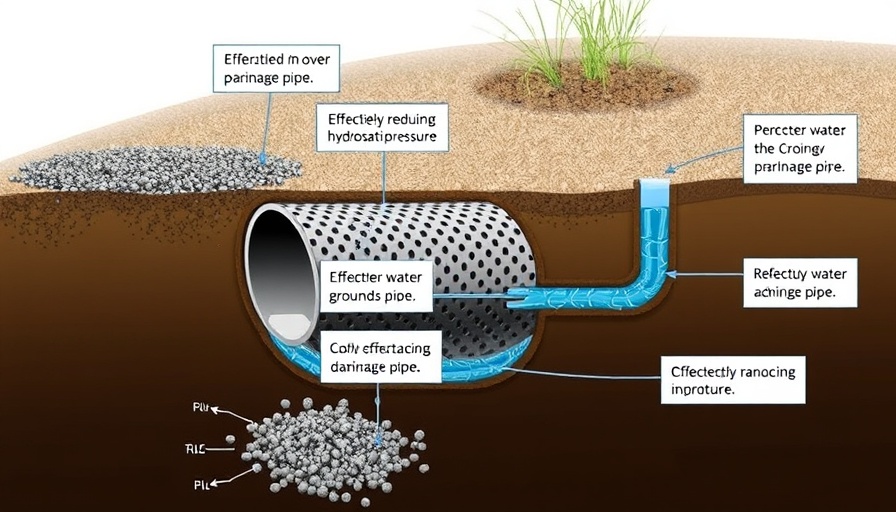
The Future of Emissions Reporting in the Construction Industry
A pivotal partnership has emerged between Rebuilt, Think Brick Australia, and the Concrete Masonry Association of Australia (CMAA) aimed at changing how construction materials report their carbon emissions. This collaboration seeks to standardize product carbon reporting, confronting the industry's pressing need for reliable, comparable data on emissions from the clay brick and concrete block sectors.
Creating Shared Standards for Sustainability
Esther Bailey, COO of Rebuilt, emphasizes that this initiative is not merely about individual compliance. “This isn’t about one product or one company. It’s about lifting the bar for the whole industry,” she states. The goal is to foster a culture of collaboration to establish meaningful benchmarks. For manufacturers, this translates to enhanced opportunities, business growth, and a unified approach towards climate action.
Empowering Members with Data
The joint venture equips members with vital tools to create a verified Product Carbon Footprint (PCF). This strategic move allows them to not only engage with emergent regulations but also cater to the growing consumer demand for transparency. Cathy Inglis, CEO of Think Brick Australia, pointed out that members are committed to continuous improvement. The partnership enables them to quantify their impact and plan for reductions, enhancing their competitive edge in a carbon-conscious marketplace.
Aligning on Data for Accelerated Innovation
This collaboration promises to accelerate change in a fast-evolving regulatory atmosphere. By pooling insights and resources, sectors can innovate more effectively and share the responsibility for climate action. The access to aggregated data fosters smarter product development and helps shape national benchmarks like NABERS Embodied Carbon.
A Collective Step Towards Climate Action
As the construction landscape faces mounting pressures for sustainability, this partnership exemplifies how collective efforts can effectively tackle industry-wide challenges. Engaging all stakeholders will not only improve compliance but also drive innovation, paving the way for a more sustainable future in construction.
 Add Row
Add Row  Add
Add 






Write A Comment